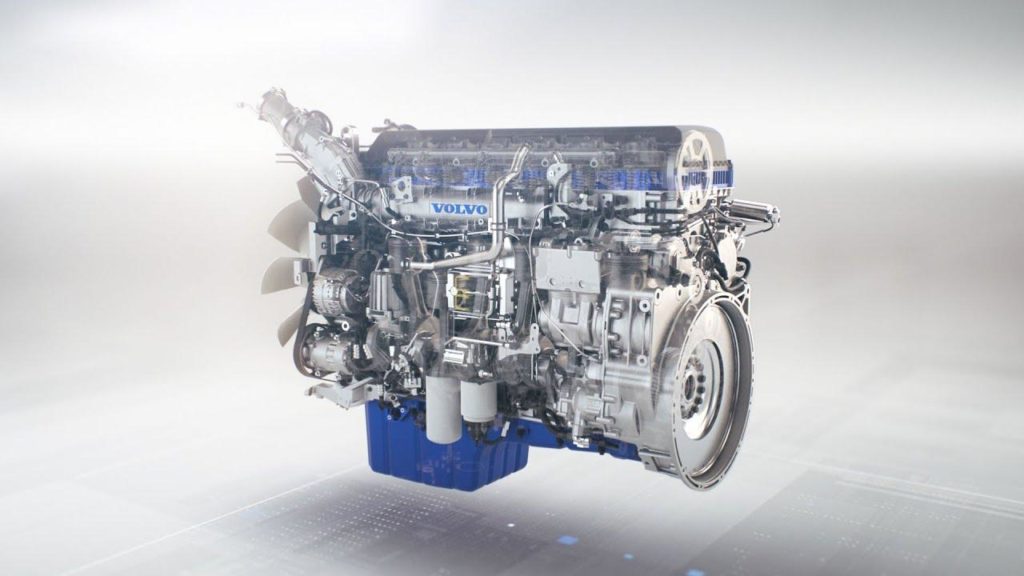
The Volvo brand is well known for reliability and safety all over the world. Volvo manufactured its first truck, the LV Series 1, in Gothenburg, Sweden in 1928. It has since grown to be one of the largest truck production companies in the world with over 50,000 employees. Volvo Trucks is a subsidiary of the Volvo group which also owns UD Trucks, Mack Trucks, and Renault Trucks.
History of Volvo Trucks in Australia
In the 1960s Volvo developed an interest in the Australian market. This led to the establishment of Volvo Australia Pty in 1970. Volvo took a step further in 1927 to build a large production facility in Wacol, Queensland in.
The Wacol facility is responsible for the creation of about 600 jobs. It also creates a lot of business for local suppliers of aftermarket parts for Volvo trucks. The bulk of Australia’s Volvo Trucks are made in Wacol. However, the company still depends on a lot of developments from its major centres in Europe and America.
The latest addition to the Volvo truck family is the new D13TC engine from Volvo Trucks North America. The official production of this engine is set to begin in the first quarter of 2020.
Features of the Volvo D13TC Engine
The current D13TC is the next generation of Volvo’s 13-Litre Diesel Turbo Compound engine technology. This engine was first released in 2015 and then upgraded in 2017. Dedicated research and development have led to significant advances in Volvo’s turbo compound technology. Here are some of the key improvements the new D13TC engine has to offer.
Increased Fuel Efficiency
The 2017 D13TC improved on the fuel efficiency of the 2015 model by about 8%. The new 2019 model creates an additional 3% on the engine’s fuel efficiency. According to John Moore, the production manager of Volvo Trucks North America, the new engine can save operators more than AUD 1,700 for every 200,000 Km covered. In the trucking industry, any improvement in fuel consumption can increase your profits considerably.
Dynamic Torque System
While conventional engines either have high or low torque at a time, the D13TC can deliver varying levels of torque automatically. The torque levels vary by reacting to real-time information about the road condition, gradient and truck weight.
Dynamic torque improves the engine’s fuel-saving abilities by ensuring that the truck uses its power more efficiently. However, the driver can use the truck’s performance drive mode and a kick-down switch when he wants full torque access.
Three Individual Drive Modes
The new D13TC engine is equipped with three distinct drive modes to give the driver more efficiency optimization options. These three drive modes include
- Extra Efficiency Drive Mode
- Economy Drive Mode
- Performance Drive Mode
Depending on a range of performance requirements and driving conditions, the drive modes give the driver extra flexibility and control. The engine also features a wider RPM efficiency band that increases the duration that you can drive at top fuel efficiency.
It is not yet clear how soon the D13TC truck will be available for use in the Australian market. However, Volvo will begin taking orders for production in the final quarter of 2019. The D13TC offers several improved performance features that would be advantageous for the Australian trucking industry.











